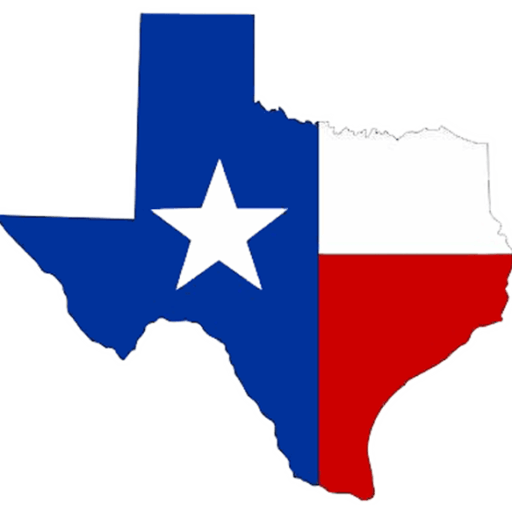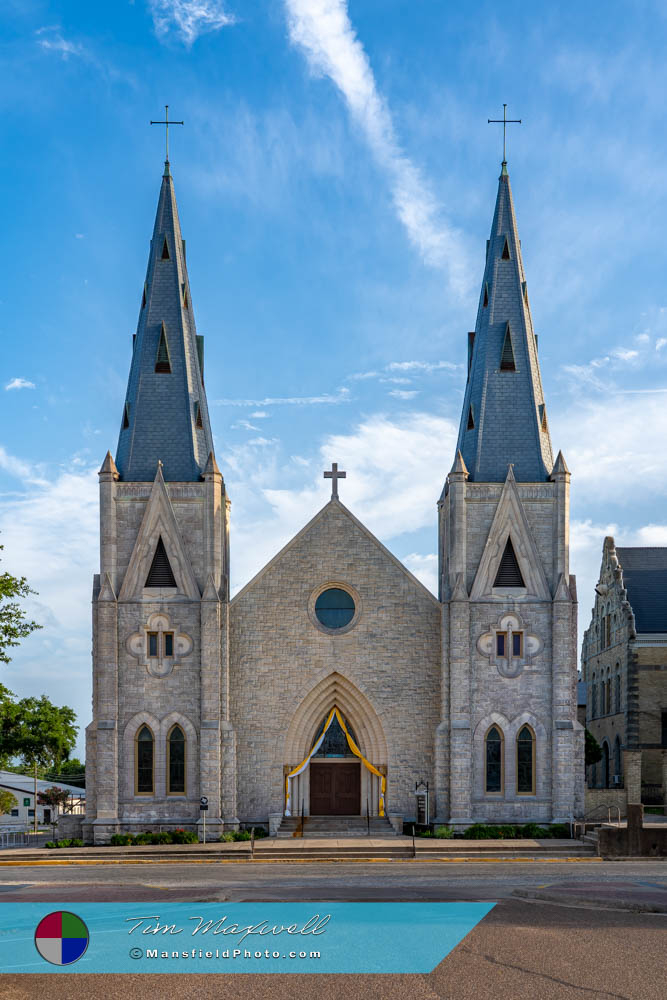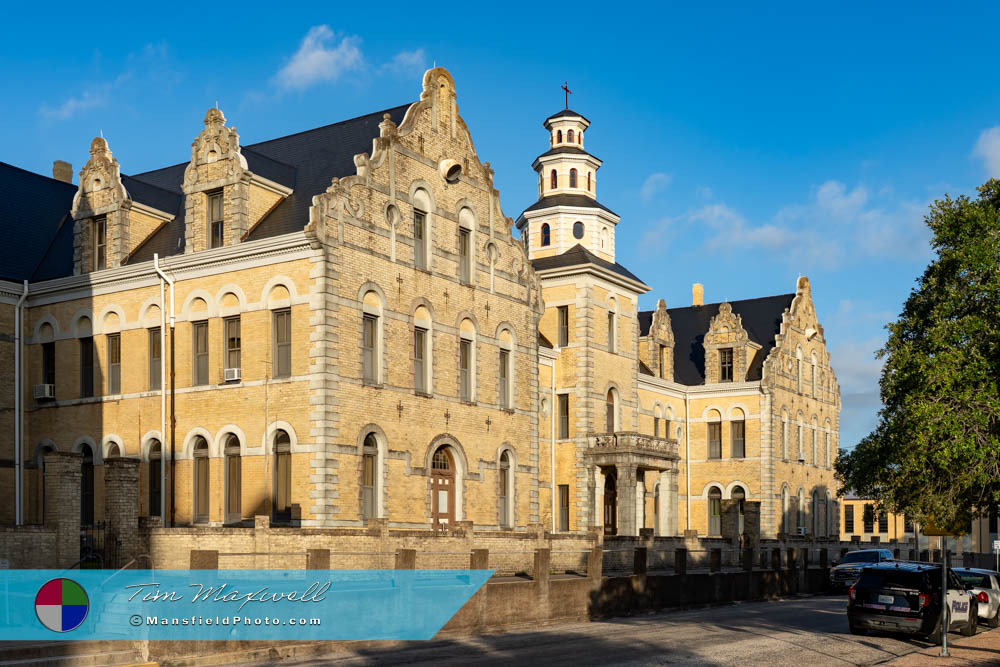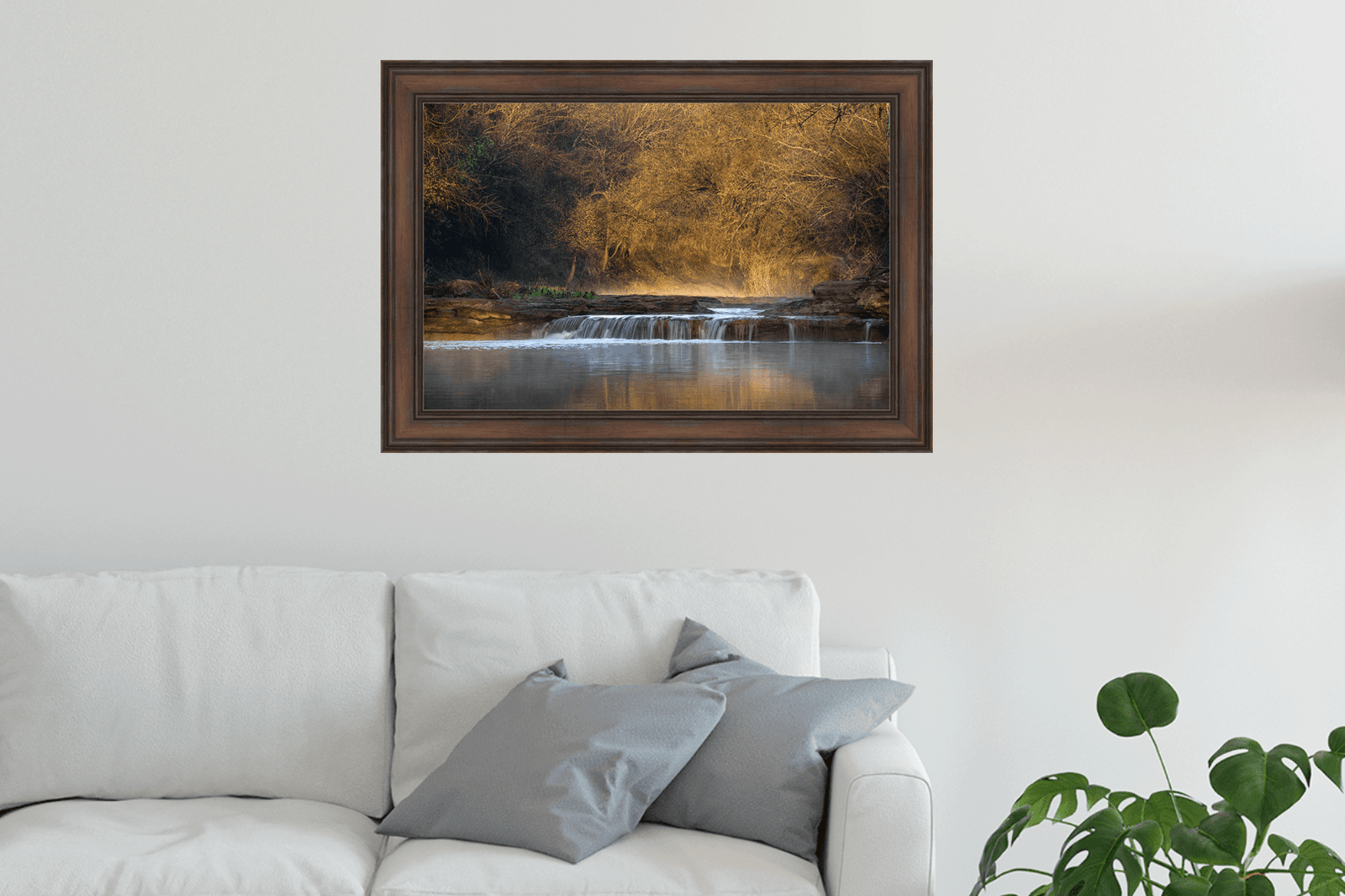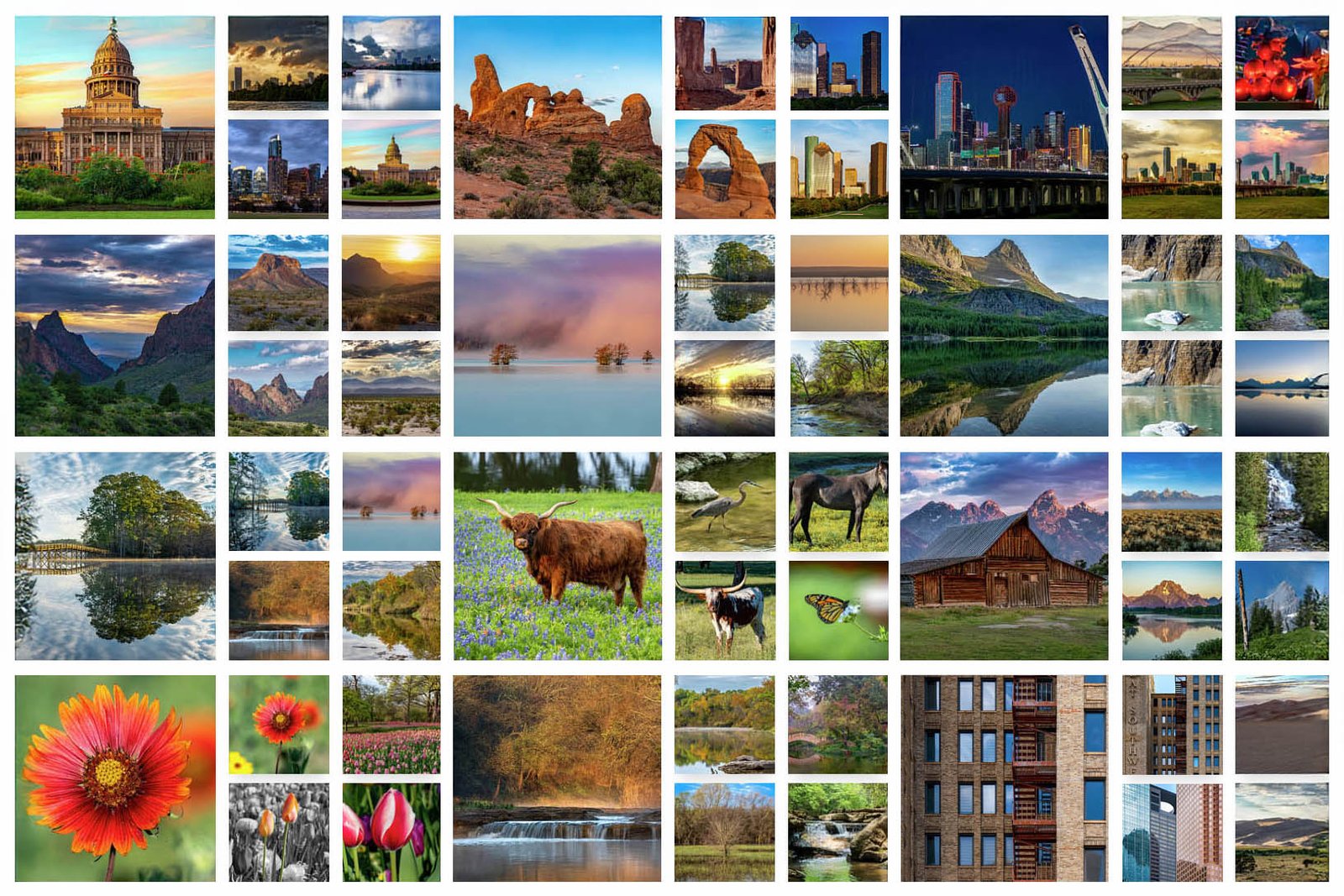Mansfield Photography
Victoria, Texas
– Macaroni Rails and Mission Bells.
The story of this South Texas town reads more like the chapters of a historical epic than the founding of a modern-day community. From its origin as a Mexican colonial settlement to its evolution into a bustling regional hub with deep cultural roots, Victoria has never been a place that simply followed the trends. It helped shape them.
A Name Fit for a Nation’s First President
Long before the traffic lights and busy intersections, this land was chosen for something far greater than cattle grazing or cotton fields. In 1824, Martín De León—a Mexican empresario—founded the town in honor of Guadalupe Victoria, the first president of the Republic of Mexico. This early community, originally called “Guadalupe Victoria,” was the heart of De León’s Colony, a settlement effort approved by the Mexican government to bring new settlers to the coastal plains of Texas.
By 1834, the town had around 300 residents, a mix of Mexican families and settlers drawn to the area’s fertile lands and location near the Guadalupe River. But the winds of revolution were about to blow through.
War, Occupation, and Transformation
The Texas Revolution did not spare this peaceful community. Though many locals supported the Texian cause—providing soldiers and supplies for the fight against Santa Anna—Guadalupe Victoria found itself caught in the crossfire. After the infamous defeat of James Fannin and his troops at the Battle of Coleto, the area was briefly occupied by Mexican forces.
That all changed after the Battle of San Jacinto in 1836. As Texas declared its independence and Santa Anna’s defeat sent shockwaves across the region, the demographic makeup of the town was forcefully altered. The Mexican residents were driven out by incoming Anglo settlers who shortened the town’s name to simply “Victoria.”
Not a Small Town Anymore—But It Still Feels Like One
Today, this isn’t a sleepy little outpost. With a population that exceeds 60,000, it stands as a major regional center for commerce, culture, and education in South Texas. Yet, despite its size, the city has done a remarkable job of holding on to its charm. Walk through downtown on a quiet afternoon, and you’ll still find a slower rhythm of life—local cafes, preserved buildings, and a sense that people know each other’s names.
One of the most enduring symbols of this blend of past and present is the Victoria County Courthouse. Built in 1892 and designed by noted architect J. Riely Gordon, it’s an unmistakable structure with ornate Romanesque Revival style. Its exterior and intricate details make it one of the most beautiful courthouses in the state. Just a short walk away stands another jewel of architecture and faith—Saint Mary’s Catholic Church, alongside the Nazareth Convent, both testaments to the town’s spiritual and cultural foundations.
The Macaroni Line and the Age of Rail
Between 1882 and 1884, something extraordinary happened that forever altered the town’s trajectory. The arrival of the New York, Texas and Mexican Railway—affectionately called the Macaroni Line due to its large contingent of Italian immigrant laborers—connected the area with broader markets and migration flows. It opened the door for economic expansion, making the city an important link between inland Texas and the Gulf Coast.
Trains brought more than goods; they brought ideas, people, and change. What began as an agrarian town transformed into a modernizing city, complete with infrastructure, schools, and commerce that continued to evolve through the decades.
A Museum-Lover’s Dream
For those who appreciate history, art, and culture, this town offers a surprisingly deep bench of museums and galleries. The Museum of the Coastal Bend is a standout, chronicling over 13,000 years of regional history with artifacts from Native American tribes, French explorers, and Spanish missionaries.
The Nave Museum showcases rotating fine art exhibits, housed in a neoclassical building originally built as a memorial. Meanwhile, the Children’s Discovery Museum and Texas Zoo provide family-friendly opportunities to learn and explore.
Even the Riverside Park, stretching along the Guadalupe River, feels like a living museum—a place where generations have fished, hiked, and gathered, unaware they are treading the same ground once crossed by settlers and revolutionaries.
📸 Interested in More Photos of This Town?
Modern Life in a Historic Frame
While the courthouse and the convent reflect the past, today’s town pulses with forward momentum. Shopping centers, medical facilities, schools, and industries continue to grow. But what’s truly impressive is how all this modern development has been framed inside a historical backdrop.
There’s a sense of awareness among the residents—an understanding that what came before matters. Whether it’s an outdoor concert at DeLeon Plaza or a Fourth of July celebration beneath the courthouse lights, the community gatherings here seem to carry a whisper of the past.
A Place That Remembers—and Moves Forward
The narrative here isn’t just one of battles, railroads, or population growth. It’s the story of a place that remembers its founder, its heritage, and the diverse peoples who built it—yet still looks confidently toward the future.
Where some towns forget where they came from, this one doesn’t. It doesn’t just honor its roots—it lives them. Not in a way that feels outdated, but in a way that adds depth to the everyday.
From the echoes of cannons to the quiet rustle of courthouse oak trees, this city remains a rare blend of memory and momentum.
📍 Interested in exploring Texas’ natural beauty?
Check out our articles on Texas State Parks — every time we visit, we share captivating stories and stunning highlights from these incredible places!
